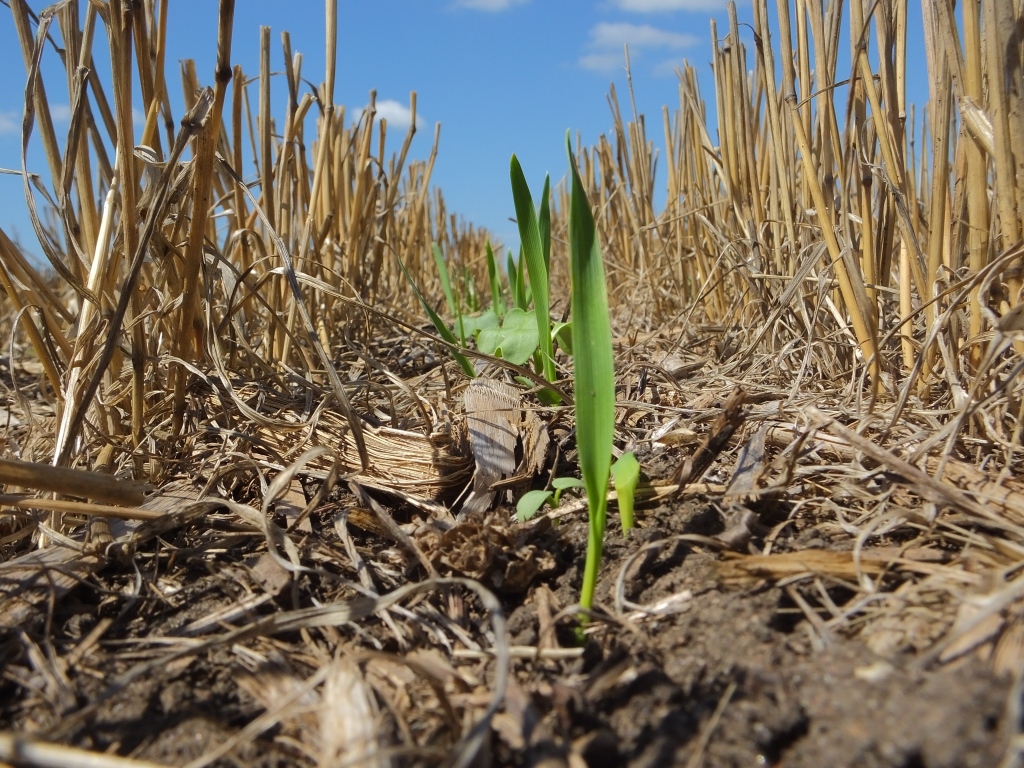Cover Cropping for Improving Soil Fertility
When it comes to sustainable agriculture and effective land management, cover cropping has gained significant attention in recent years. Cover crops are plants that are grown specifically to benefit the soil and enhance its fertility. They can be a valuable tool for farmers and gardeners looking to improve the health of their soil while reducing reliance on synthetic fertilizers.
One of the main benefits of cover cropping is its ability to increase soil organic matter content. When cover crops are incorporated into the soil, they decompose, adding organic matter that improves soil structure and water-holding capacity. This increased organic matter also enhances nutrient availability, as it provides a food source for beneficial microorganisms that break down nutrients into forms accessible to plants.
To maximize the fertility-boosting potential of cover crops, it’s important to select species with high nutrient-cycling abilities. Legume cover crops, such as clover, vetch, and peas, are particularly effective in this regard. Legumes have a unique ability to fix atmospheric nitrogen through a symbiotic relationship with nitrogen-fixing bacteria present in their root nodules. As these legumes grow and eventually die back or get tilled into the soil, they release nitrogen-rich biomass that can contribute significantly to overall nitrogen levels in the soil.
In addition to legumes, there are several other non-legume cover crop species that can improve soil fertility by scavenging nutrients from deep within the soil profile. For example, buckwheat is known for its ability to extract phosphorus from otherwise inaccessible sources due to its extensive root system. Buckwheat also produces compounds called phosphatase enzymes that help break down organic phosphorus into plant-available forms.
Another important consideration when using cover crops for improving soil fertility is timing and termination methods. It’s crucial not only to select appropriate species but also manage them properly throughout their growth cycle. For instance, if you’re aiming for maximum nitrogen fixation with legume cover crops, it’s best to terminate them at the flowering stage. This allows for optimal transfer of nitrogen from the biomass into the soil.
There are various termination methods available, including mowing, roller-crimping, and tilling. Each method has its advantages and disadvantages depending on factors such as crop species, time constraints, and equipment availability. Mowing is a popular option as it requires minimal equipment and can be done quickly. However, it may not provide sufficient residue cover compared to roller-crimping or tilling.
Integrating livestock grazing with cover cropping practices can also enhance soil fertility. Livestock grazing helps break down cover crop residues while adding manure to the system. The trampling action of animals further aids in nutrient cycling by incorporating organic matter into the soil surface.
To ensure successful integration of livestock grazing with cover cropping, careful planning is necessary. Proper fencing and rotational grazing systems must be implemented to prevent overgrazing and maintain soil health.
Lastly, building a diverse cover crop rotation plan is essential for maintaining long-term soil fertility. By rotating different species throughout the year or across growing seasons, you can balance nutrient uptake patterns and minimize disease pressure associated with continuous monocropping.
In conclusion, utilizing cover crops is an effective strategy for improving soil fertility in agricultural systems. Legume species are particularly valuable due to their ability to fix atmospheric nitrogen and release it into the soil upon termination. Timing and termination methods play a crucial role in maximizing nutrient cycling potential within cover crops. Integrating livestock grazing can further enhance soil health by aiding in residue breakdown and nutrient incorporation through manure deposition. By implementing diverse cover crop rotations tailored to specific farming contexts, farmers can optimize soil fertility while reducing reliance on synthetic fertilizers for sustainable agriculture practices.


Leave a comment